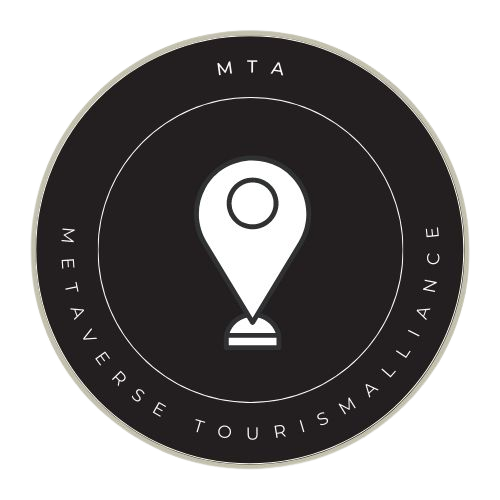How Virtual Culture Could Debunk Myths About Unsafe Destinations and Rethink Global Movement
In an interconnected world, perceptions of safety often shape travel decisions more than facts. Many travelers avoid entire regions due to outdated media narratives or misunderstood cultural differences, missing out on rich, vibrant societies that are far safer and more welcoming than headlines suggest.
Meanwhile, Western nations grapple with security anxieties not about outbound tourists, but about inbound migrants, some of whom were once casual travelers. This tension reveals a deeper irony: fear is often misplaced and misdirected, clouding both tourism and immigration debates.
Could immersive technologies like the metaverse help untangle these biases, offering education and exposure that lead to better global understanding?
Fear vs. Reality: A Costly Mismatch
According to a 2023 World Travel & Tourism Council report:
- 45% of potential tourists admitted they avoid destinations they perceive as unsafe—even when official statistics show otherwise.
- 27% said “media coverage” was the main reason for their fear.
Consider Colombia, Jordan, or Vietnam: all countries once labeled “danger zones” now boast thriving tourism sectors, stable governments, and welcoming communities. Yet perception lags behind reality, costing these nations billions in lost tourism revenue and cultural engagement.
The Irony of Global Movement
As borders blur, many travelers who first visit foreign countries return later as students, workers, or even permanent migrants. Ironically, while Western societies often market themselves as safe havens, some of their own citizens abroad could be perceived as security risks—unfamiliar with local norms, vulnerable to scams, or unintentionally stirring tensions.
If global movement is inevitable, then better cultural education—on both sides—becomes essential. It’s not just about protecting tourists abroad; it’s about preparing societies for new citizens at home.
A New Cultural Training Ground
The metaverse offers a solution: a safe, immersive way to experience other cultures without stepping onto a plane. Through virtual reality, users could explore cities, learn social norms, and engage in authentic interactions that challenge their fears.
Imagine:
- “Walking” through Lagos’ tech hubs or Medellín’s art-filled streets.
- Learning basic greetings, security tips, and cultural etiquette
- Experiencing daily life in a community, not just sanitized tourist hotspots.
Such experiences could dismantle outdated fears, foster empathy, and transform hesitant tourists into informed travelers—or even respectful future migrants.
Critical Considerations
For this vision to succeed, a few challenges must be addressed:
- Authenticity Over Stereotypes: Virtual experiences must reflect real, modern life—not just romanticized or outdated snapshots.
- Local Participation: People from the culture must build and narrate these experiences, ensuring dignity and accuracy.
- Accessibility: These tools must be affordable and easy to use, not a luxury for a tech-savvy elite.
- Dynamic Updates: Societies evolve; so must their virtual representations.
List of Proactive things a destination can do to use digital environments to create an extra layer of trust:
| Action | Purpose |
|---|---|
| Immersive Virtual Tours | Set realistic, welcoming expectations |
| Cultural Etiquette Training | Build traveler confidence and cultural competence |
| Virtual Town Halls | Foster personal connection and trust |
| Real-Time Safety Updates | Correct outdated fears with live facts |
| “Day in the Life” Stories | Show vibrant, authentic local experiences |
| Personalized Itineraries | Reduce logistical uncertainty and anxiety |
Conclusion: Travel, Migration, and the Future of Global Understanding
Fear shrinks the world; understanding expands it.
Through the metaverse, we can reshape perceptions, decrease unfounded fears, and prepare for a future where cross-cultural movement is the norm, not the exception.
Whether as tourists, students, or citizens, the better we understand each other before crossing borders, the stronger and safer the global community becomes.

